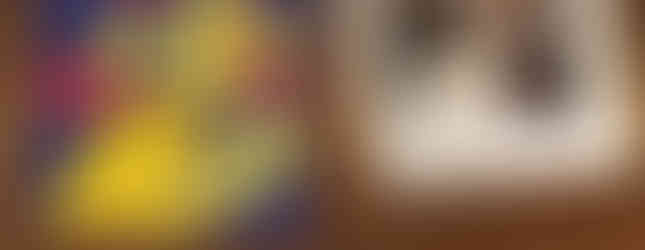The Drama of Light and Value Contrast
This is a good one to do at night. In very low light, and against a dark background if possible, set up a still life with anything around your home, and light it from the side with a desk lamp or any kind of lamp that will create dramatic moments and patterns of light. You can do this drawing in a few different ways, depending on what you have at home. 1) You can build up the darks with graphite, charcoal, or ink washes, leaving the white of the paper as is. 2) You can work in a subtractive way, covering the paper with an even layer of charcoal and pulling the light shapes out with an eraser. 4) Or you can work with a combination of charcoal and white pastel to simplify those dramatic contrasts of light and dark. 4) You can also start on black or dark-colored paper and use white Conte or pastel.
Three Value Transcription
How about looking at a reproduction of a Caravaggio painting, or any favorite old or modern master painting, and translating it into just three values – light, dark and middle value. Every part of the painting has to fit into one of those three values, which means that boundaries will be lost and new shapes formed. To really stretch your brain, try using three primary colors (with no mixing), assigning one color as the light, one as the dark and one as the middle value rather than the more expected white, black and gray. This translation brings an understanding of the underlying structure of the painting -- and structure is a good thing for all of us right now! Colored pencil, crayon, oil pastel, as well as paint or collage would work for this.
Draw While You Binge Watch
What are you watching these days while quarantined at home? It may be the perfect way to get in some gesture drawing! People are everywhere on TV, always moving and gesturing. But what about those tigers!! Check out all of the gorgeous drawings of big cats by Eugene Delacroix, get inspired, and Netflix sketch away while binging. Like Caravaggio – murder, mayhem and madness!
Diagonal Disequilibrium
We all feel a little off-kilter these days. The dynamic compositions and sense of movement in the Baroque work of Caravaggio and Bernini were based on a series of diagonals, creating a feeling of movement, energy, and drama. Unlike horizontals and verticals, which are stable and steady, diagonals are full of potential and uncertainty, ready to either fall flat or upright themselves. Try two drawings of the same space – one that emphasizes vertical and horizontal marks, and another that focuses on the diagonals. Compare the two to sense the difference in energy. Look at the difference between the top and bottom halves of the Degas drawing to the left.









Comentarios